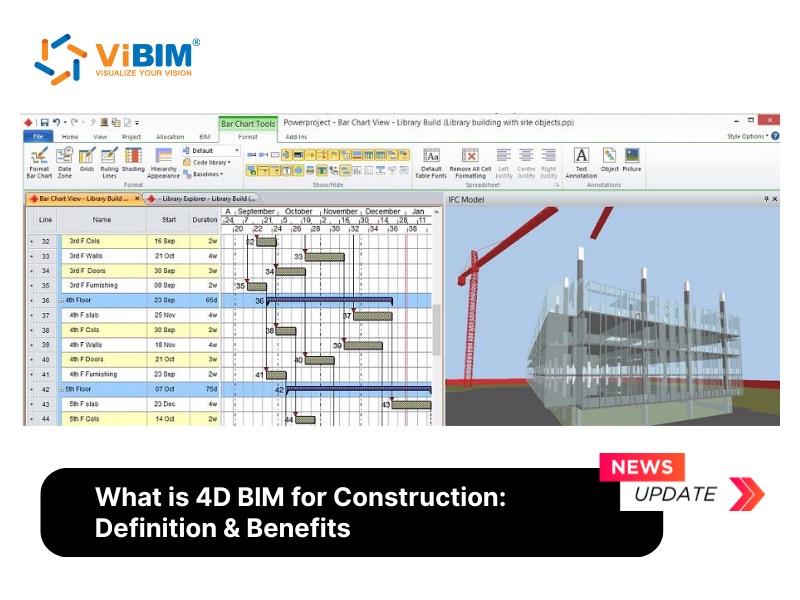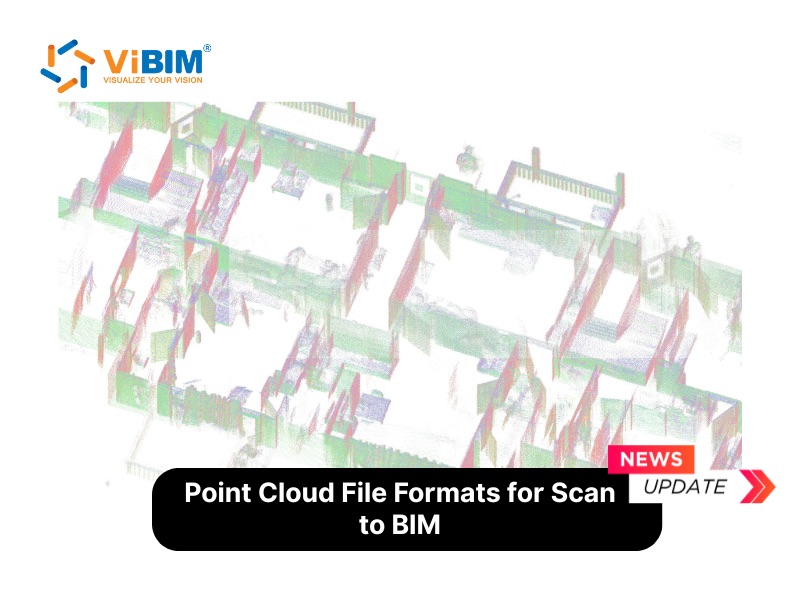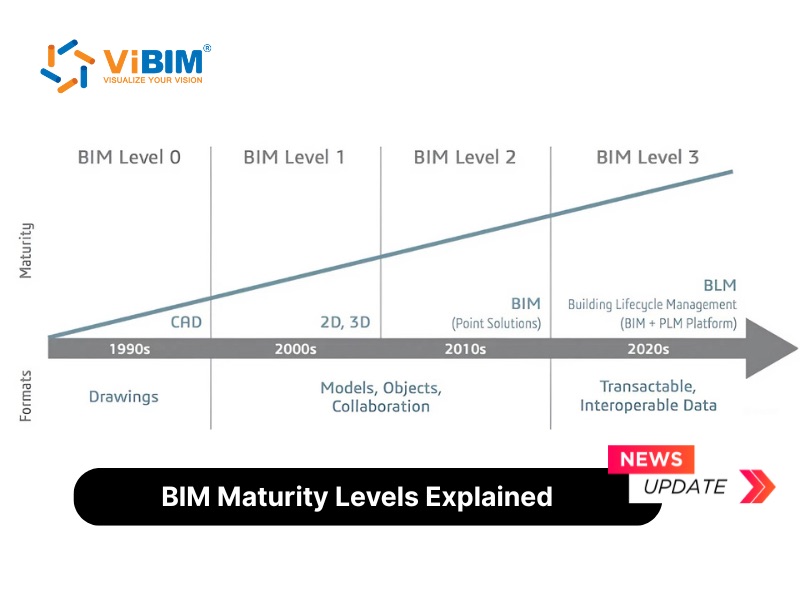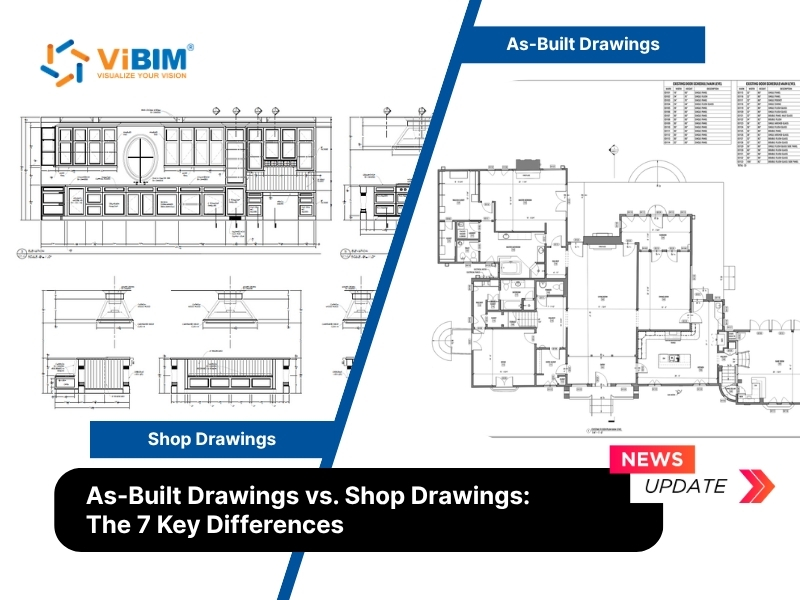Navisworks is a powerful project review software developed by Autodesk, designed for professionals in the Architecture, Engineering, and Construction (AEC) industries. Its primary function is to combine 3D models from various sources into a single, comprehensive model, often called a federated or integrated model. This allows project stakeholders to analyze, simulate, and coordinate project data throughout the project lifecycle, helping to identify potential issues, reduce errors, and improve overall project outcomes. By providing a holistic view of the entire project, Navisworks serves as a central platform for collaboration, clash detection, and advanced analysis, making it an indispensable tool in modern Building Information Modeling (BIM) workflows.
This comprehensive guide explores what Navisworks is, from its core features and benefits to the different versions available. You will also learn about the typical professionals who use this software and how it complements other essential tools like Revit in a BIM workflow.
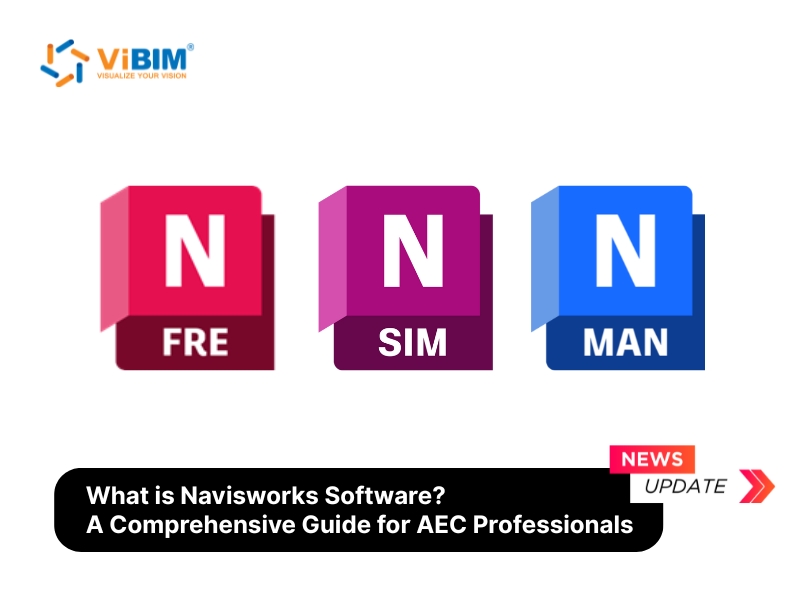
What Is Navisworks?
Navisworks is a project review software from Autodesk used to improve project coordination and control. It is primarily utilized in the construction and engineering sectors to integrate and review 3D models from different design disciplines. Originally developed by UK-based NavisWorks Ltd., the software was acquired by Autodesk in 2007 to enhance its portfolio of solutions for the AEC and manufacturing industries. Unlike design authoring tools where models are created, Navisworks is dedicated to model aggregation, analysis, and communication among the project team.
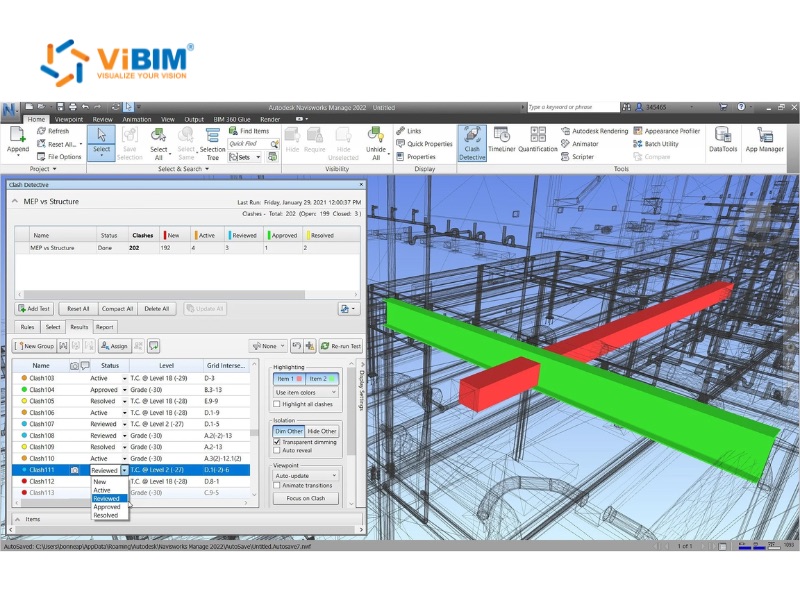
Features of Navisworks
Navisworks provides a robust set of features for comprehensive project review, allowing AEC professionals to analyze models and data at any stage of the project. Key capabilities focus on model aggregation, advanced clash detection, 4D/5D simulation, and detailed quantification to give teams greater control over project outcomes. Below is the detailed information:
- Model Aggregation and Integration: Combines design and construction data from over 60 different file formats into a single, integrated project model for holistic review.
- Clash Detection and Interference Checking: Utilizes the Clash Detective tool (in Navisworks Manage) to analyze aggregated models and identify, inspect, and report on geometric interferences between elements from different disciplines.
- 4D/5D Simulation and Scheduling: Contains the TimeLiner feature, which links 3D model geometry to project schedule data (time) and cost data to create 4D and 5D construction sequence simulations.
- Quantification and Takeoffs: Includes tools to generate material quantities and measurements from the 3D model or 2D sheets, allowing for detailed takeoffs of project elements.
- Photorealistic Visualization: Creates photorealistic images and animations using Autodesk’s rendering engine, with options for both local and cloud-based rendering to produce high-quality visualizations.
- Real-Time Navigation: Allows users to perform a real-time virtual “walk-through” of the aggregated model to explore the project space and examine components from any angle.
- Collaboration and Markup: Offers a suite of tools for adding measurements, redlines, and text comments directly onto model viewpoints to communicate issues and feedback.
- Cloud Integration: Connects with cloud platforms like Autodesk Construction Cloud (ACC) and BIM 360, enabling project teams to open and review models hosted in a centralized data environment.

Benefits of Navisworks
By implementing Navisworks into the project workflow, AEC teams can achieve significant advantages. The software’s features facilitate better coordination and visualization, which saves time, reduces costly errors, and enhances communication among all project stakeholders. Below is the detailed information:
- Improved Project Coordination: This is the primary benefit of Navisworks. The software creates a single, federated model by combining data from multiple disciplines. Critically, this aggregated model is significantly lighter and more responsive than the source files. This lightweight nature allows for smooth, real-time navigation, making it easy for the entire team to review, add comments, and create markups. This streamlined communication helps resolve issues quickly, as stakeholders can easily find an object’s ID and trace it back to the original model for correction.
- Reduced Errors and Rework: By using the Clash Detective tool on a coordinated model, teams can identify and resolve interferences during the design phase, before they become expensive problems on-site. This proactive approach significantly minimizes costly rework and project delays.
- Enhanced Visualization and Communication: Realistic 3D visualizations and simulations make it easier for all stakeholders, including non-technical clients, to understand the project’s design and progress.
- Better Schedule and Cost Control: 4D and 5D simulations provide greater predictability over the project timeline and budget, allowing for more effective planning and management.
- Flexible Workflow with Native File Formats: Navisworks enhances the BIM process with its versatile file formats (NWC, NWF, NWD), allowing teams to choose between real-time model updates or sharing secure, milestone-specific snapshots. This flexibility ensures that every team member has access to the right information at the right time
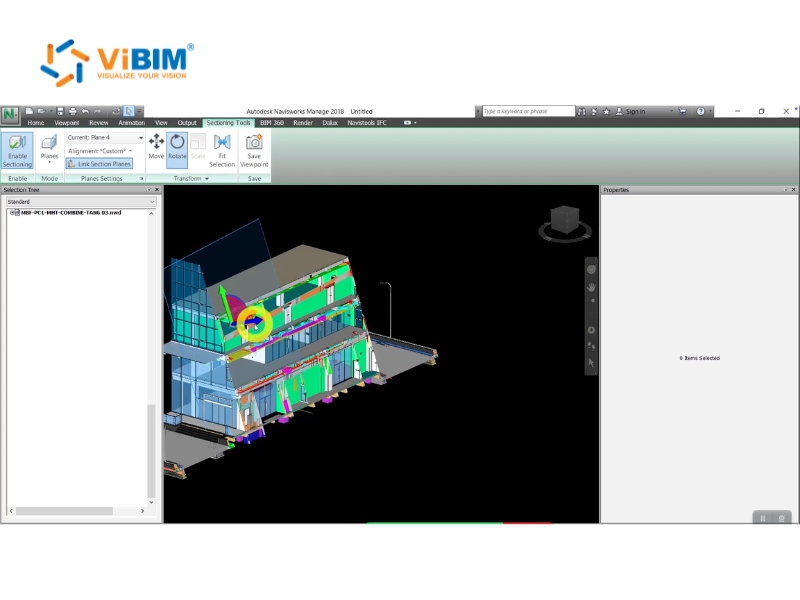
What Are The Different Versions and Types of Navisworks?
Autodesk offers three distinct versions of Navisworks, each tailored to different user needs and project requirements. Understanding the differences is key to selecting the right tool for your team.
Navisworks Manage
Navisworks Manage is the most comprehensive version of the software. It includes the full suite of features, most notably its powerful clash detection and interference management capabilities. This version is ideal for BIM managers and project coordinators who are responsible for identifying and resolving conflicts between different discipline models. Its advanced tools for analysis and communication make it the go-to choice for managing large, complex projects where coordination is critical.

Navisworks Simulate
Navisworks Simulate contains the core features for model review, including 4D/5D simulation, quantification, and visualization. However, it does not include the clash detection module found in Navisworks Manage. This version is best suited for users who need to review models, create construction simulations, and quantify materials but are not directly responsible for interference checking. It is a cost-effective option for estimators, schedulers, and project managers.
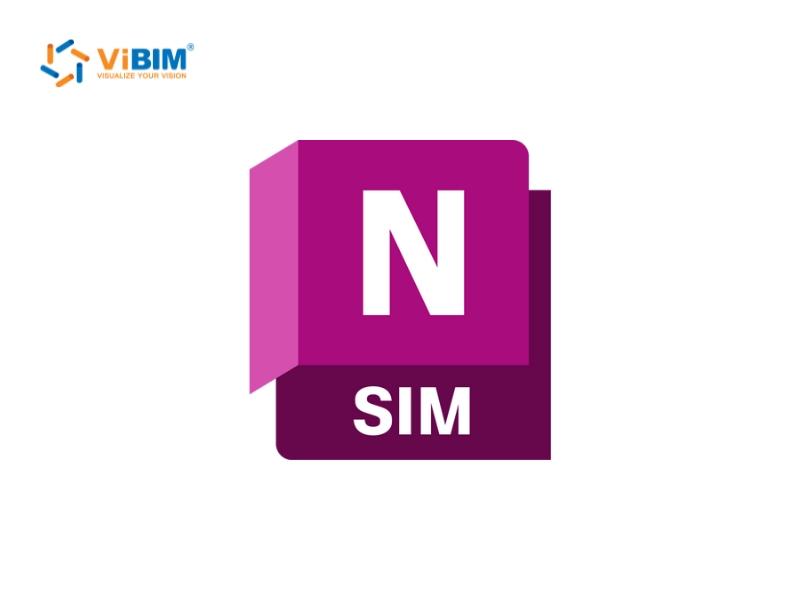
Navisworks Freedom
Navisworks Freedom is a free viewer for NWD and DWF file formats. It allows the entire project team, including clients and other stakeholders who do not own a full Navisworks license, to open and explore the consolidated 3D model. While users can navigate the model, review object properties, and view animations, they cannot edit the model or perform analysis. Freedom is an essential tool for ensuring broad accessibility and clear communication across the entire project team.
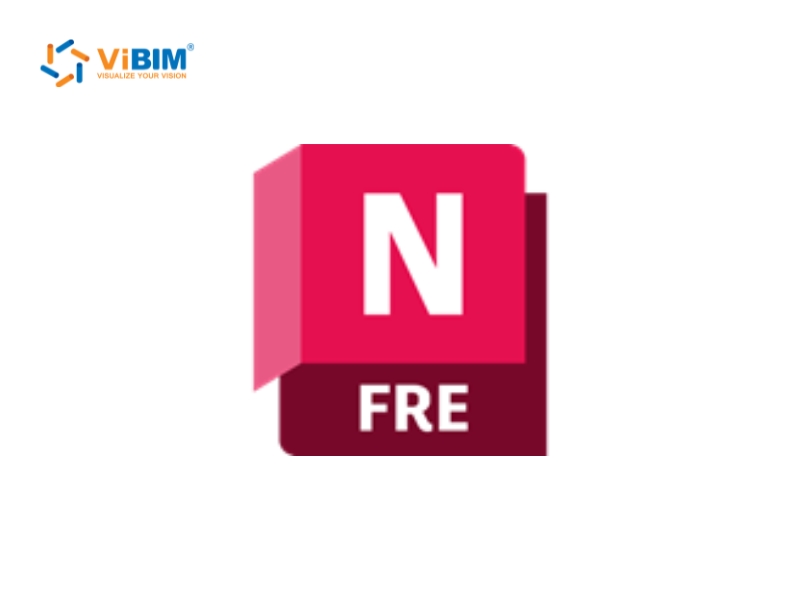
Who Uses Navisworks?
Navisworks is utilized by a wide array of professionals across the Architecture, Engineering, and Construction (AEC) industry to streamline project workflows and enhance collaboration.
- BIM Managers/Coordinators: Use Navisworks Manage for its clash detection capabilities to coordinate multi-disciplinary models and resolve interferences.
- Construction Managers: Leverage Navisworks Simulate and Manage for 4D construction sequencing, progress tracking, and on-site visualization.
- Architects and Engineers: Review their designs within the context of the entire project to ensure their intent is correctly integrated with other systems.
- Project Managers: Utilize the software for overall project review, stakeholder communication, and monitoring project timelines and costs.
- Subcontractors: Gain a clear understanding of their scope of work and coordinate their installations with other trades to avoid on-site conflicts.
How is Revit Different From Navisworks?
Navisworks and Revit software are not competing products; instead, they are complementary tools that are frequently used together in a BIM workflow. Revit is a BIM authoring software used to create intelligent 3D models containing design and construction information. Navisworks, on the other hand, is a project review tool used to combine, analyze, and coordinate the models created in Revit and other design software.
Here is a simple breakdown of their primary functions:
| Feature | Revit | Navisworks |
| Primary Function | 3D Modeling and Design Authoring | Model Review and Coordination |
| Model Creation | Used to create original models (architectural, structural, MEP). | Aggregates existing models from various sources. |
| Key Capability | Parametric modeling and creation of construction documents. | Clash detection, 4D/5D simulation, and project visualization. |
| Typical User | Architects, Engineers, Designers | BIM Coordinators, Construction Managers, Project Managers |
FAQs
What file formats does Navisworks support?
Navisworks supports a wide range of file formats, making it a powerful integration platform. It can open over 60 different file types, including its native formats (NWF, NWD, NWC) and files from other Autodesk products like Revit (.RVT) and AutoCAD (.DWG), as well as third-party software through formats like IFC (Industry Foundation Classes).
Is Navisworks a BIM tool?
Yes, Navisworks is considered a key BIM tool, but it is important to distinguish its role. While BIM authoring tools like Revit are used to create BIM data, Navisworks is used to review, analyze, and coordinate that data. It is a central part of the BIM process focused on collaboration and verification, rather than design creation.
In summary, Autodesk Navisworks stands as a critical project review and coordination platform within the AEC industry. Its primary strength is not in creating new designs, but in its ability to aggregate models from multiple disciplines into a single, federated view for comprehensive analysis. By leveraging powerful features like clash detection, 4D/5D simulation, and quantification, Navisworks empowers project teams to identify and resolve issues virtually throughout the project lifecycle, preventing them from becoming costly problems on site.
As the industry continues to move toward more collaborative methods like Integrated Project Delivery (IPD), the role of a dedicated coordination tool like Navisworks becomes indispensable for ensuring project quality, efficiency, and predictability. Integrating this software into your process is a key step in modernizing construction and design workflows.






